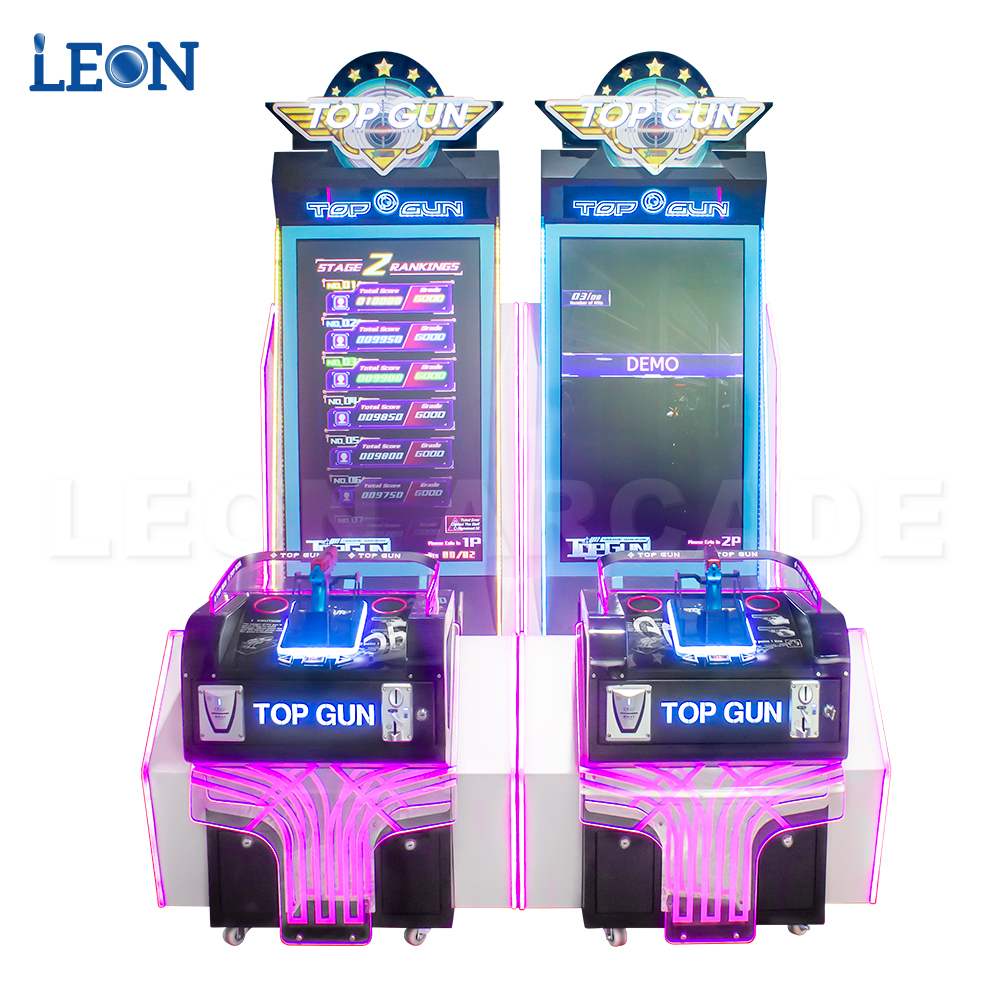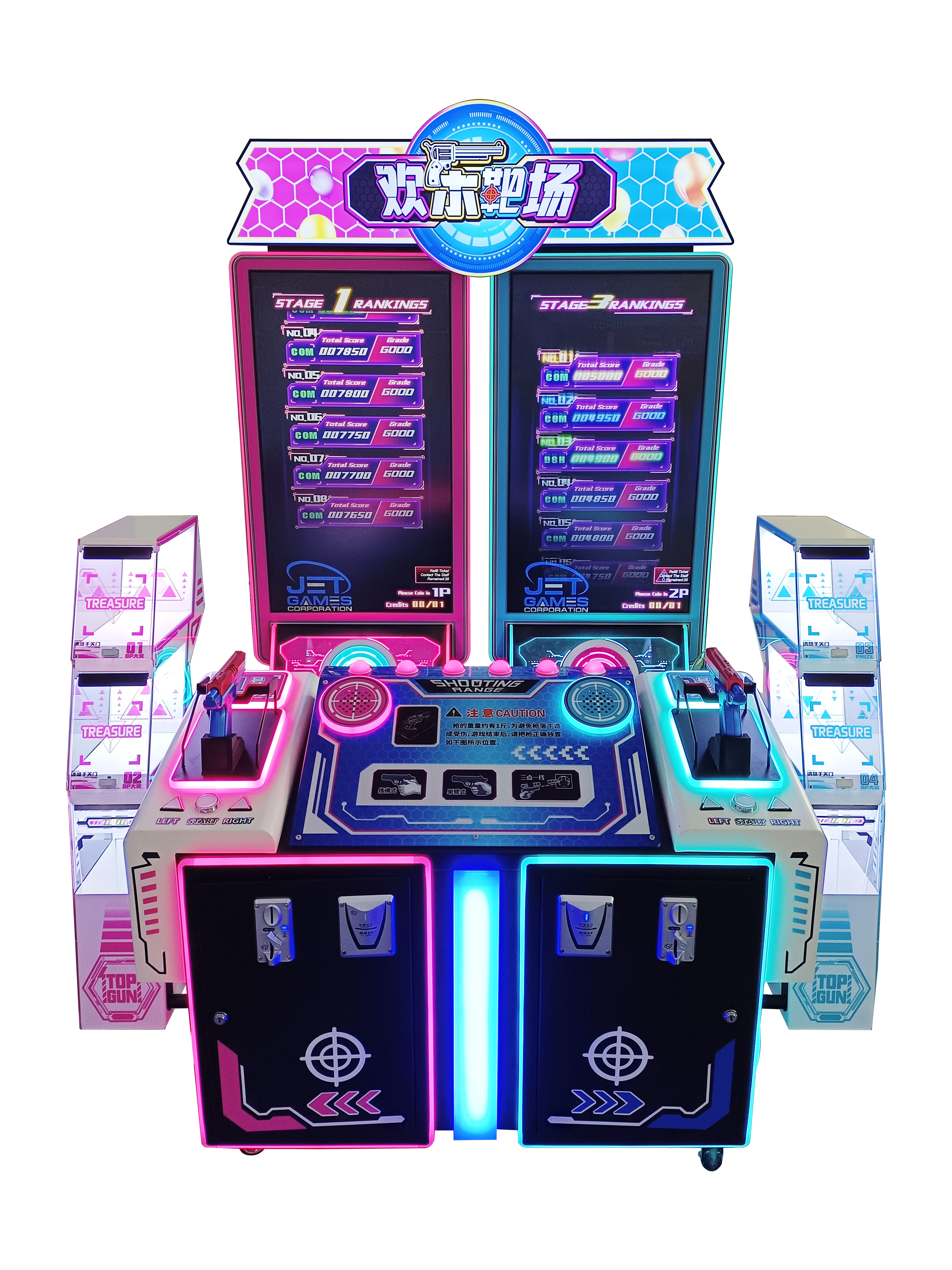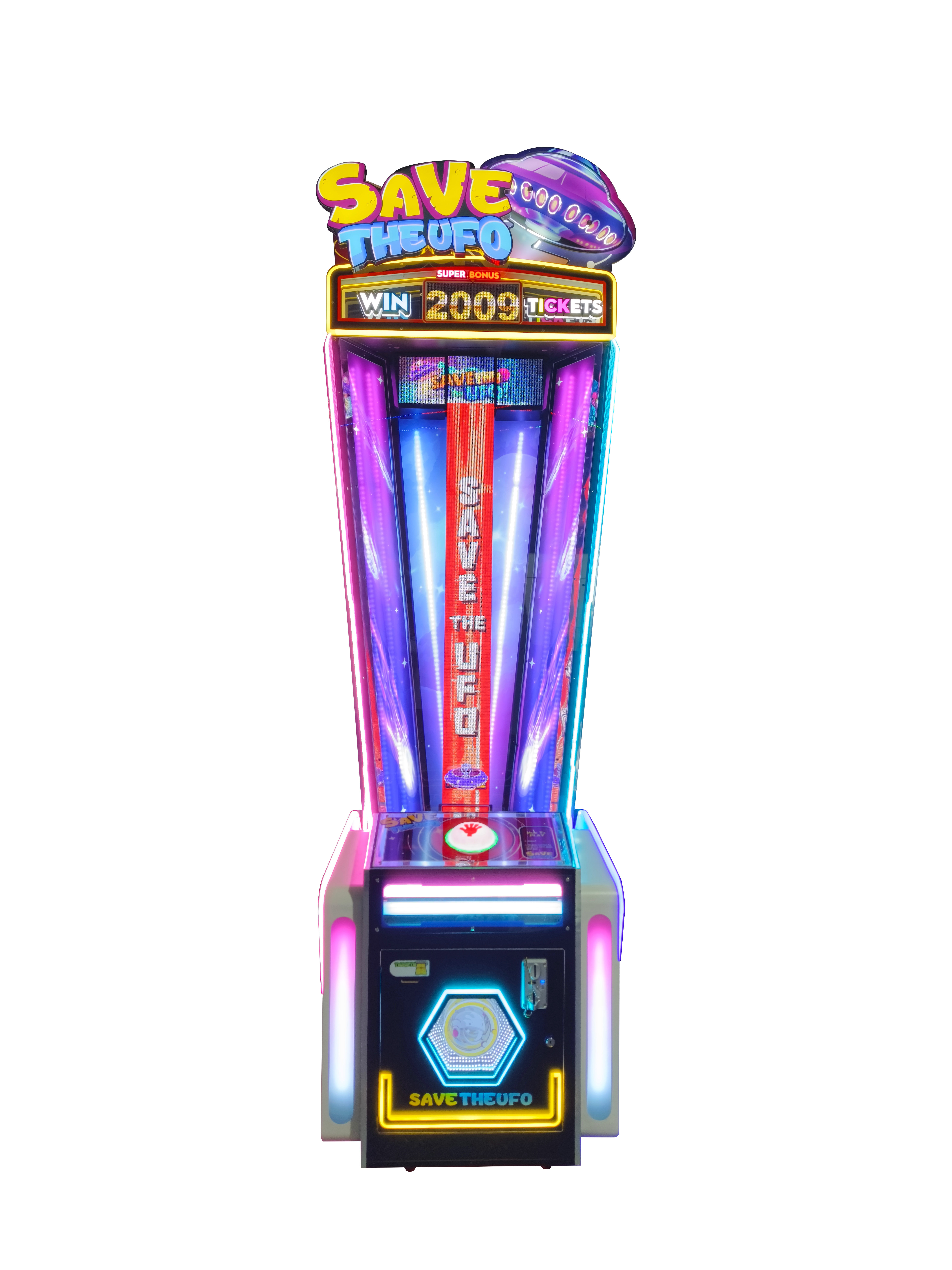Designing a free game room requires careful attention to space planning and the placement of arcade machines as well as user experience. For a 100-square-meter game room, industry standards say it should have 20-25 arcade machines with a gap of not less than 0.5 meters between each machine, and the main aisle width must be at least 1.8 m smooth passage. Fast-paced, multiplayer games 70 percent. The upright machines need 0.5 square meters of space, and the big racing machines use up 2 square meters. Lights should be 5-7 watts per square foot, and because warm lights increase customer dwell time by 20%, Sound levels for sound effects need to be kept at 60-70 decibels, not to be quiet, and make sure this does not bother users.
Table of Contents
ToggleSpace Planning and Layout
An arcade game room must not only spare adequate space for a better gaming experience but also layout its space properly. To provide gamers with a fair amount of space to move around and not disrupt others during playtime, each arcade machine needs at least 0.5 meters between one another. That means that between 20-25 arcade machines would fit into a typical-sized arcade game room (100 square meters).
The principal way to utilize space in an arcade game room is to place the equipment with at least 1.8 meters in width of the main aisle to avoid congestion and ensure smooth crowd flow. It is estimated that an appropriate space layout can increase players’ dwell time by up to 15% on average. An American arcade chain managed to increase the average gameplay time by 20% when they optimized their floor plan, demonstrating the significant impact of space layout on players’ experience.
Effective space planning also includes the positioning of various kinds of machines. Unlike fast-paced retail machines, which should be positioned near the entrance to get the attention of customers who want to play quickly and leave, immersive machines are designed for placement in corners to give players their own gaming space.

Machine Selection and Placement
Arcade machines are key to the appeal and revenue of a game room. Well, I ask a sample from market research that 80% of people prefer this fast and interactive multiplayer gaming. Hence, it is suggested that 70 percent storage should be provided for this type of equipment. The 30% remainder can be allocated to traditional single-player machines to address those niche preferences.
Slotting of the machines requires equal scientific planning. Upright bikes occupy around a half square meter, with full-size racing rigs needing 2m2. An actual data calculation version, a 100-square-meter game room can put the 15 vertical machines in the bottom warehouse and place them in each corner, along with at least 6 large racing machines.
Player behavior analysis plays a crucial role in the final step of machine placement. By strategically placing signage around the property to help customers load play money onto their cards and positioning interactive machines at the entrance, we ensure that players can start playing within 3 minutes of setting foot in the venue. This informed approach boosts overall revenue by up to about 10%.
Lighting and Atmosphere
All types of lighting in the game room can impact the overall atmosphere and, more importantly, the gamer’s emotions and experiences. Industry experience suggests that in the real world, a moderate lighting level of about 5-7W/m2 is ideal. Too bright lighting can lead to player fatigue, while too dark environments can detract from the gaming experience. Notably, game rooms warmed by light can significantly increase customer stay time, with a potential 20% longer stay compared to rooms with colder lighting.
Dynamic light effects are also employed to create a more immersive experience, like the blinking red lights that go off when you score a jackpot in arcade game rooms. This simple lighting design can improve player satisfaction by 15%. A popular Japanese arcade increased machine usage by 10% with a smart lighting system.
Lighting design needs to be considered with respect to what that area will be mostly used for. The light in the relaxation area can be softer to make people feel more relaxed, and the light competition area should use dynamic lighting effects to set up a competitive environment better.

Sound Effects and Sound Management
One of the things that people never really take into account when they decide how to design an arcade game room is sound management, which is very important, especially when you consider just how much it can help a player sink in so deep into the world they will be immersed in the experience. During gameplay, roadways and sound effects should output between 60-70 decibels to maintain a volume level in which players can clearly hear the game without it overwhelming their ears. High-volume environmental noise can reduce dwell time by 30% on average due to player attrition, according to research.
Each type of machine must have its volume control; racing games call for low-frequency sound effects to mimic engine rumble, and music games highlight high-frequency sound that is crystal clear. As a result, game rooms are a perfect example of why they should be using directional sound equipment to prevent sound interference between machines. Cinemas and arcade game halls that use this type of sound equipment found a normalization to an average 18% increase in customer satisfaction.
Scientific management is also crucial for the background music of the game room. The right rhythm in the background music can significantly enhance player engagement. More exciting background music can increase player involvement, while some soothing music in a peaceful area can provide players with a relaxing break.
Player Rest Area Design
After hours of gaming, what the players really need is a place to rest comfortably. Based on the experience, 10% to 15 % of the entire venue area can be designated as an appropriate rest area for enough seating arrangements and leisure facilities. An average size of arcade game room should have 6-8 seats, and one seat occupies the space about 0.75 square meters.
But if you make them a little more comfortable, they spend 20% longer in your establishment on average. A 68% increase in ‘secondary spending’ by customers when the rest area of a popular arcade ranked among one printer described above redesigned its concourse.
A rest area is not just a place to sit and relax. It can also house vending machines for soft drinks and snacks, catering to the 90% of customers who need a beverage during their gaming hours. Offering these services can significantly boost your revenue, as seen in a 12% increase in ancillary revenue at a US arcade after the installation of vending machines in the rest area.








